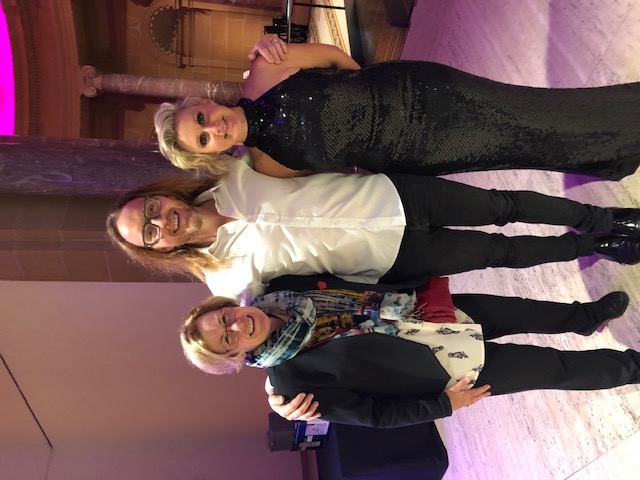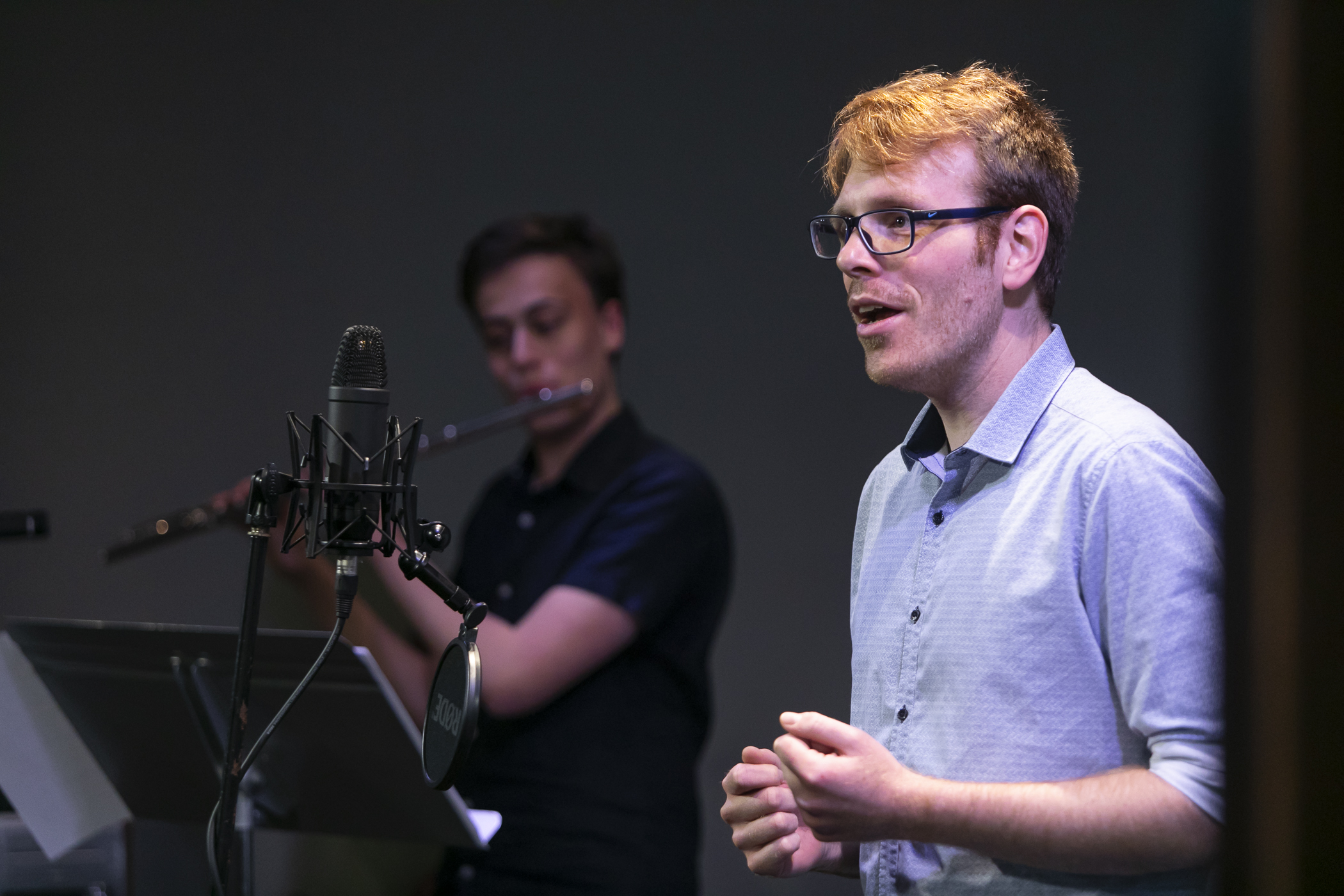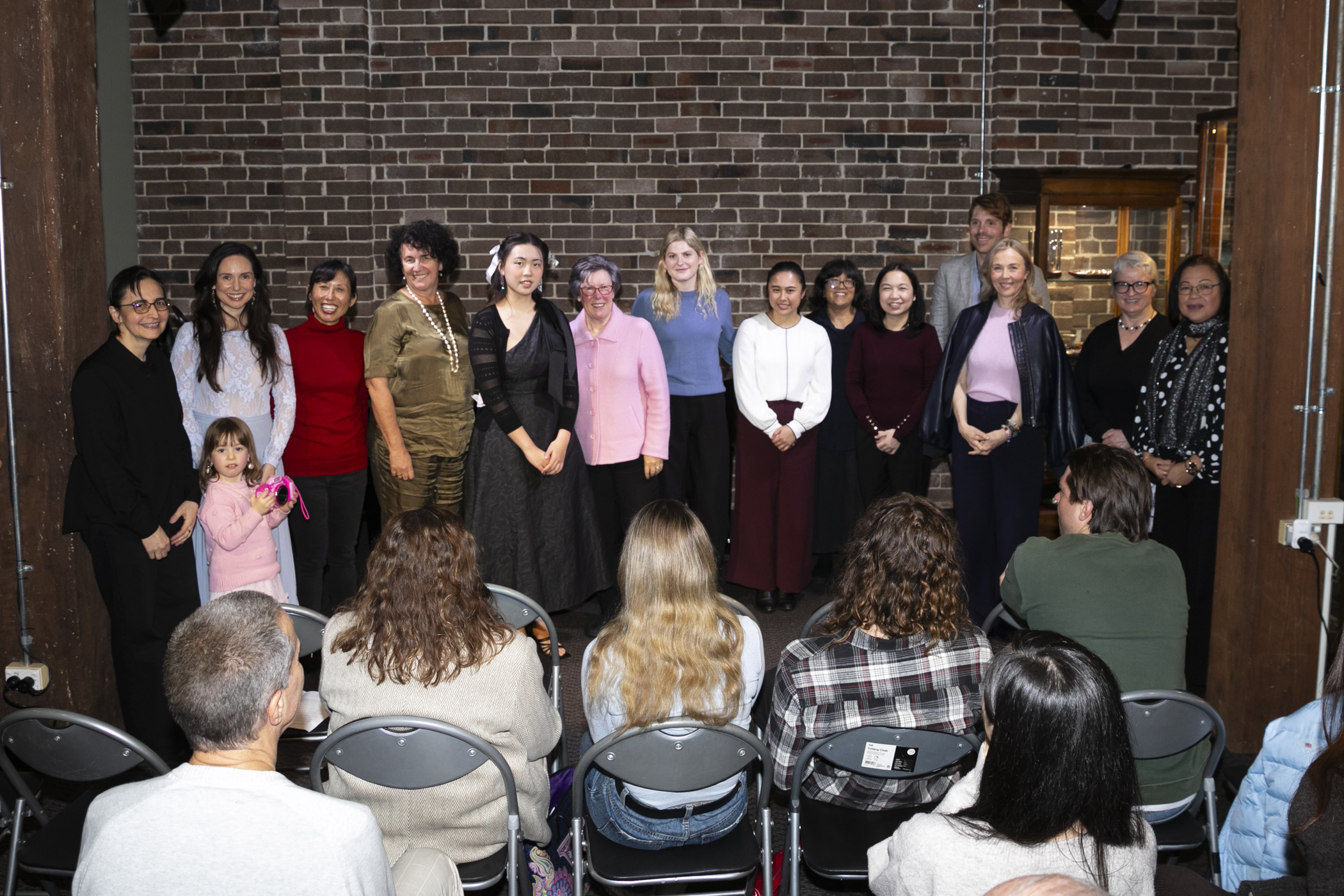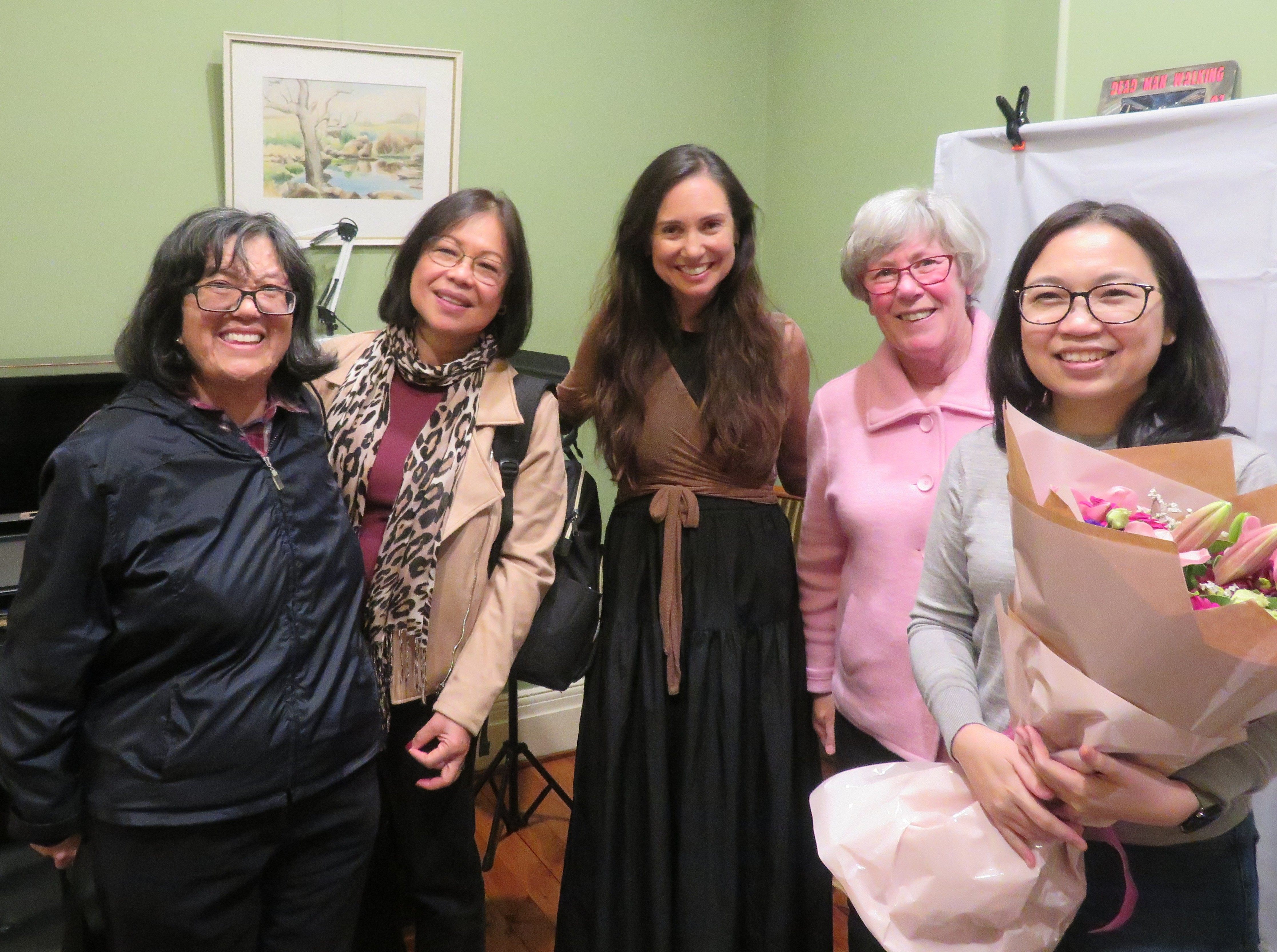Your favourite singers can help you become a better performer
Think about your favourite singers. How did you discover them, and what do you admire about them? Do they blend their head voice well with middle and chest? Do you admire their vocal flexibility or colour? Is their emotional connection to a song something you’d like to emulate? Do they use belt with a solid technique?
We’re all exposed to songs – and voices – that capture our attention more than others. Connecting with a song can be instantaneous, or it may grow on us. And as our music tastes develop, we may seek out more songs from our favourite singers and learn about their favourite singers. Their influences.
This journey often becomes a reason people decide to learn singing themselves, as I’ve seen among our studio singers.
Why singing influences matter
All good art is built on what came before. It can be improved and changed, but all artists and singers are, at heart, thieves who meld influences into their own unique sound and artistic style before finding their way of standing out and creating their own voice.
Influence is critical to your development as a vocal artist. By listening, watching and absorbing another singer’s craft and style, you learn to become a better singer yourself.
Get to know your influences
Delve into your favourite singer’s story and who has influenced them. Most well-known singers have a Wikipedia profile with these details – which, along with YouTube, can lead you down a fascinating rabbit hole of discovery! Can you find audio or YouTube clips showing a singer’s development from the start of their career to present?
Collect as many influences as you can
The more artists you discover, the more you fuse together different ideas. Without this broader range of influences, you may limit the possibilities of your own voice.
If you’re interested in one genre, look for many examples. Let’s say you love bluegrass. Go right back to singers of the 40s, 50s and 60s, then see what else you can find, including how certain music genres inspired the development of others. Use social media to find singers of the past, singers outside your genre, singers of a different gender, or singers who are new to your oeuvre. Do you notice any patterns to the singers you like?
Draw on your influences, but avoid mimicking them
While copying a singer, with the guidance of an experienced singing teacher, can help when you’re learning what your voice can do, remember: not all voices are built the same. I love Kate Miller-Heidke and for younger singers she is an excellent inspiration. Her upper register is a particular build, which not all singers will have access to, but she has inspired many younger singers to find their upper voice and enjoy the sounds possible.
Understanding that voices change with age is vital to choosing the right influences, too. Miller-Heidke may not be an ideal influence for older singers, whose voices have deepened.
You may love opera, but such stunning singing is usually the result of dedicated, intense work. Training with a careful teacher can help you choose songs that suit your voice and stage of vocal development.
Seek out local inspiration
While Kate Miller-Heidke is well known here, other local artists are better known – and heard – overseas, according to a recent Creative Australia report, which found only 8% of the top 10,000 artists streamed here were Australian.
So, make the effort to find local influences. Ask your singing teacher, other singers and yes, the internet. Here are some Australian singers I recommend:
Jessica Pratt is a sumptuous coloratura, whose sustained pianissimo is world renowned. Her precision wows audiences and her acting in roles such as the three Hoffmann heroines takes the audience on an emotional journey.
Anthony Warlow’s range and versatility means he is at home with music theatre, opera and popular genres. He moves from falsetto to chest voice with ease and his rich, full tone allows him to create characters of varied types from leading men to comedic styles.
Annie Aitken has a voice that can move between music theatre belt in Thoroughly Modern Millie and the stratospheric heights of Cunégonde in Candide. She melds her head voice to middle and chest with certainty and buttery smoothness.
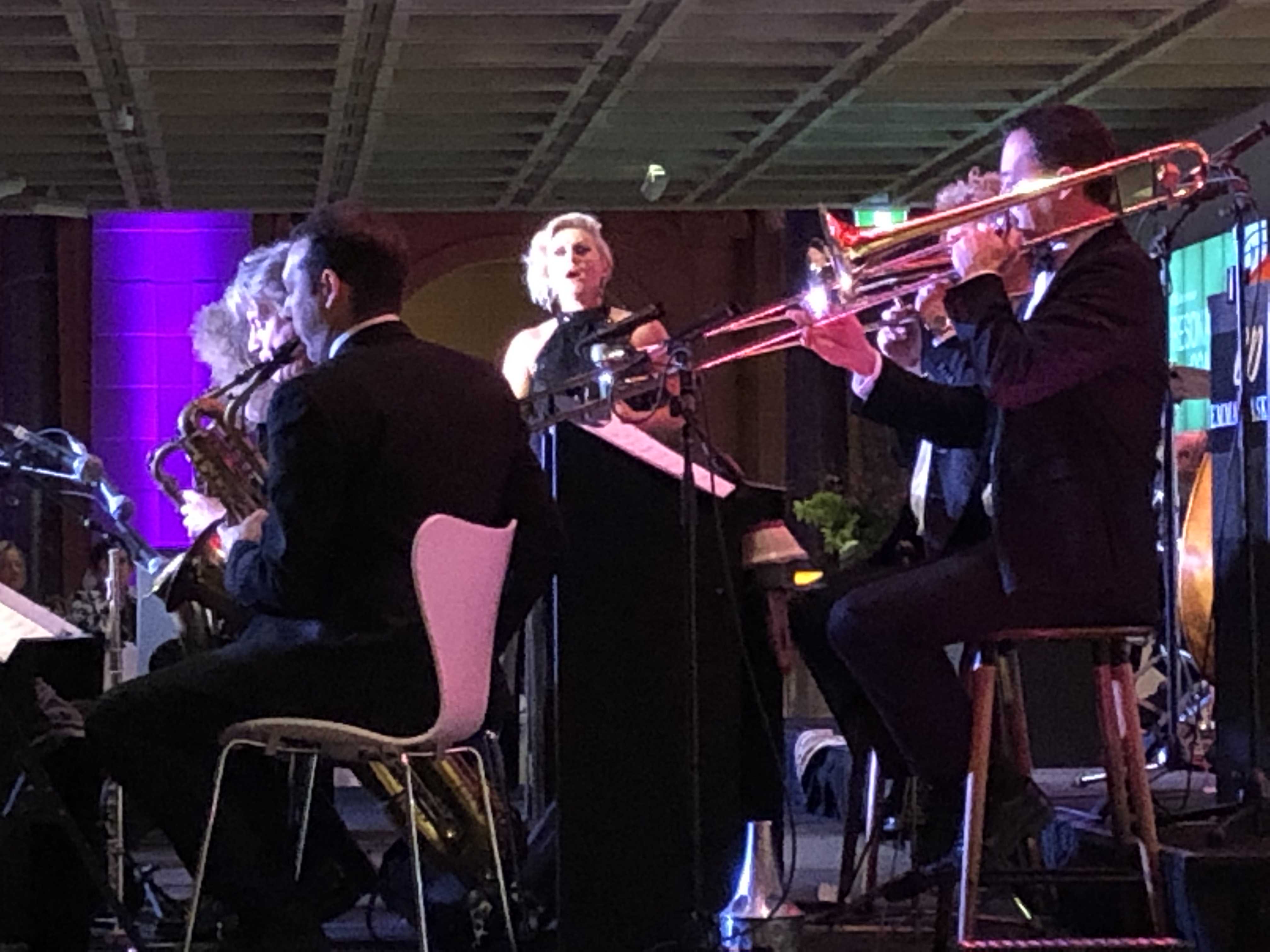
Emma Pask and Big Band
Emma Pask has sung jazz since she was 16, giving her a confident ability to improvise with an enviable latitude. She has a depth of musical and auditory keenness that allows her voice, along with her tight band, to turn a simple song into a flight of musical adventure.
Musical theatre and opera singer, Ben Mingay, initially trained as an actor. He has a solid, supported sound, and can mix in a falsetto with ease.
Leave room to make someone else’s song your own
Trust your inner ear and voice. If you feel uncomfortable listening to a particular singer or mimicking their style, you are probably right. If their genre is something you like, try changing the way you sing one of their songs: change the key, add different colours. Just because an artist seemingly owns a song, doesn’t mean you can’t put your own stamp on it.
Singing influences are an invitation to discover more about your own voice, performance persona and technique to see what happens.
With varied singing influences and Kathleen Connell’s guidance, you’ll develop your own voice and style. Browse our range of in-person or online singing lesson packages, or enquire by calling 0402 409 106.

